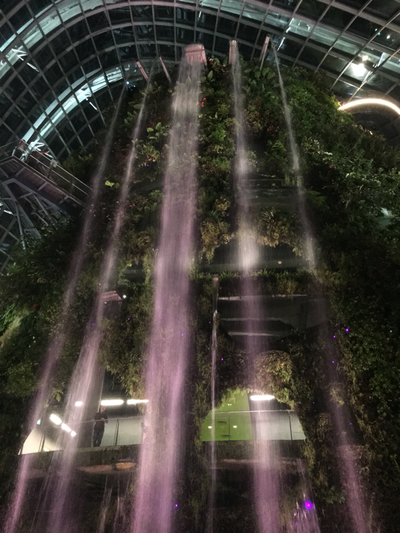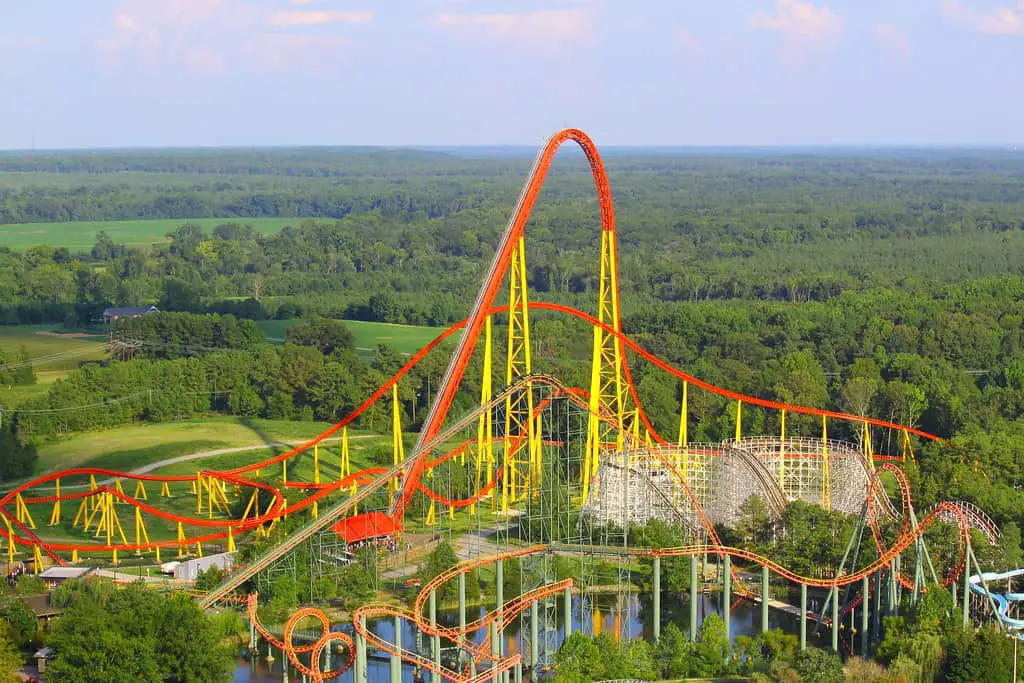

Which is why, it is quite possible that a particular type of pollen might not affect two different people the same way.įor e.g., Person A might be allergic to grass pollen. Types of pollen differs from plant to plant and there are several hundred plants that release pollen into the air and cause allergic reactions. What are the different types of pollen allergy? Some people have pollen allergies year-round, while others get triggered during certain periods, mostly pollen season. As a matter of fact, one in every seven people in the world suffers from a pollen allergy. Pollen is extremely vital to plant growth and its count is particularly highest during spring and summer time which is also considered pollen allergy season.ĭue to its widespread reach, a pollen allergy is among the most common outdoor allergies in the world. It is a fine yellowish powder that fertilizes other plants and is carried by the wind, birds, insects or other animals. For example, organic nutrient-rich dirt made at home with Lomi should be mixed at a 1:10 compost to soil ratio.Pollen is one of the most common triggers of an allergy or hay fever. In most scenarios, this should be done in spring or summer, when plants are actively growing.

It’s far easier to have a healthy plant from the beginning than it is to nurse a sick plant back to good health.Īdding a bit of compost or fertilizer to your soil can help your plants thrive. Whether you're growing a snake plant or 10 aloe vera plants, when maintaining the health of your indoor plants, one of the most important things to get right is the soil. The beautiful colors of this plant are indicative of its toxicity! Keep children and pets away from this plant. The gorgeous, rich coloration doesn’t match its scale, though! These plants rarely grow to be more than a few feet tall, making them perfect for small spaces. Originally from southern Asia and Australia, Alocasia Baginda is known for its deep emerald leaves.


 0 kommentar(er)
0 kommentar(er)
